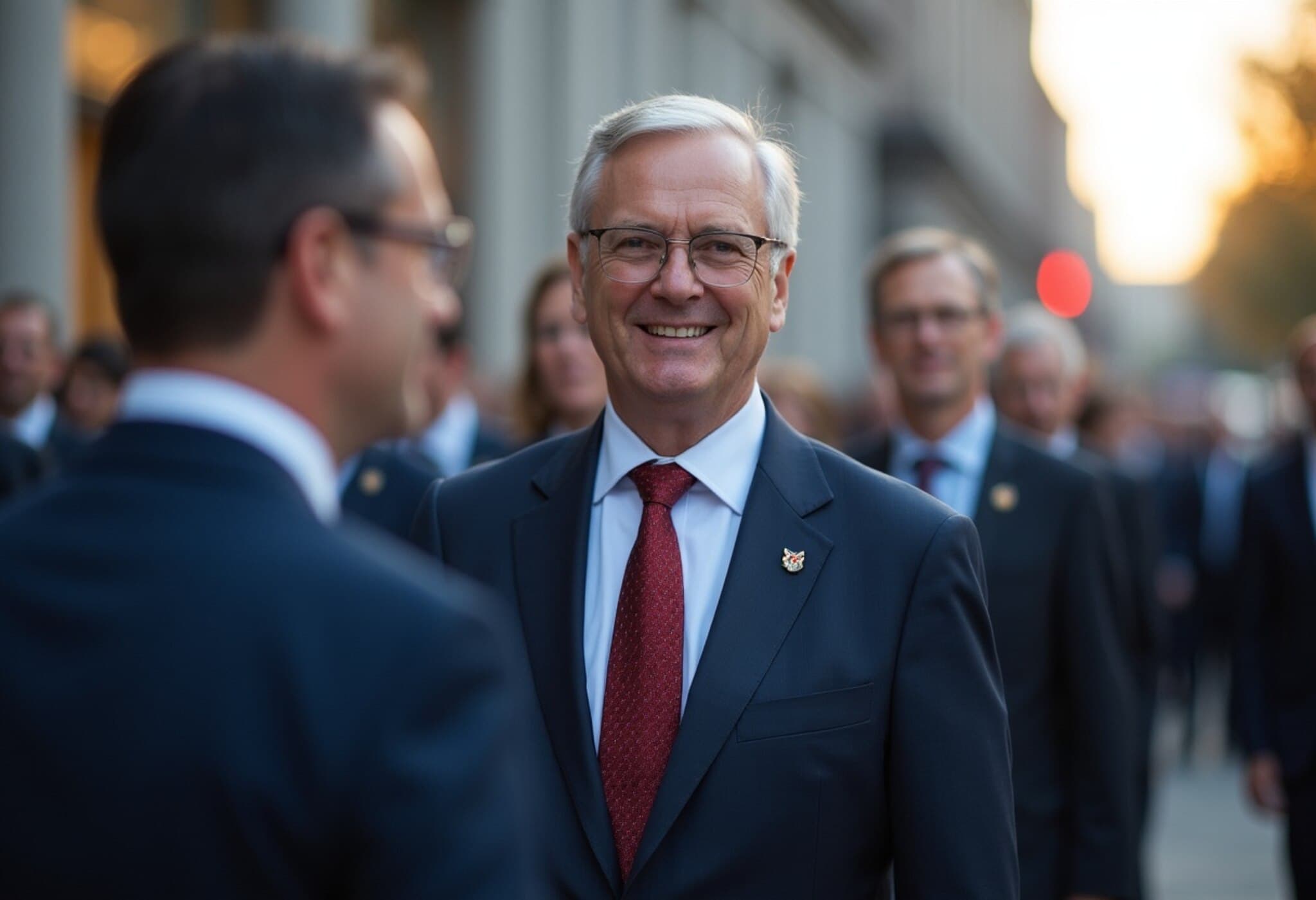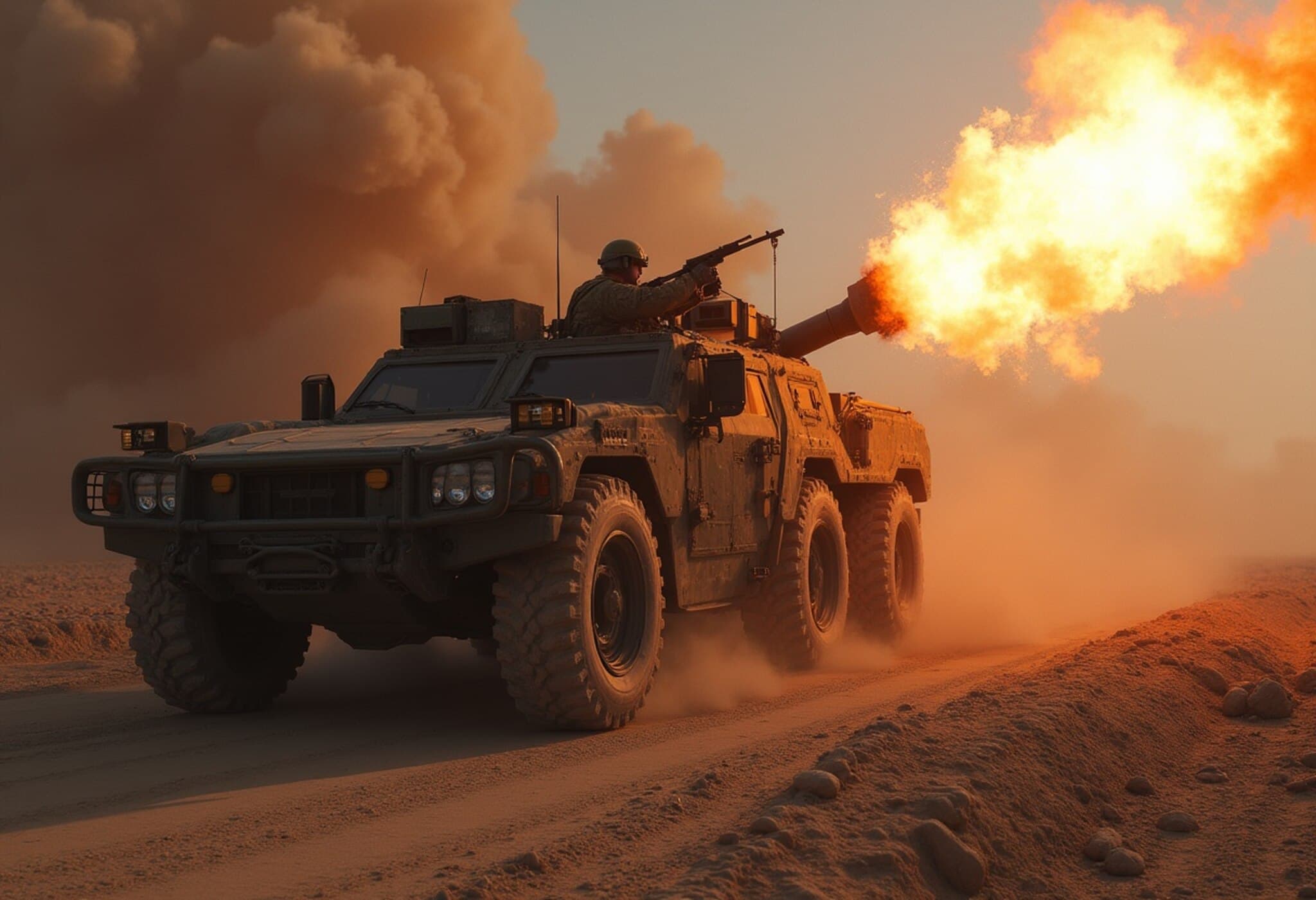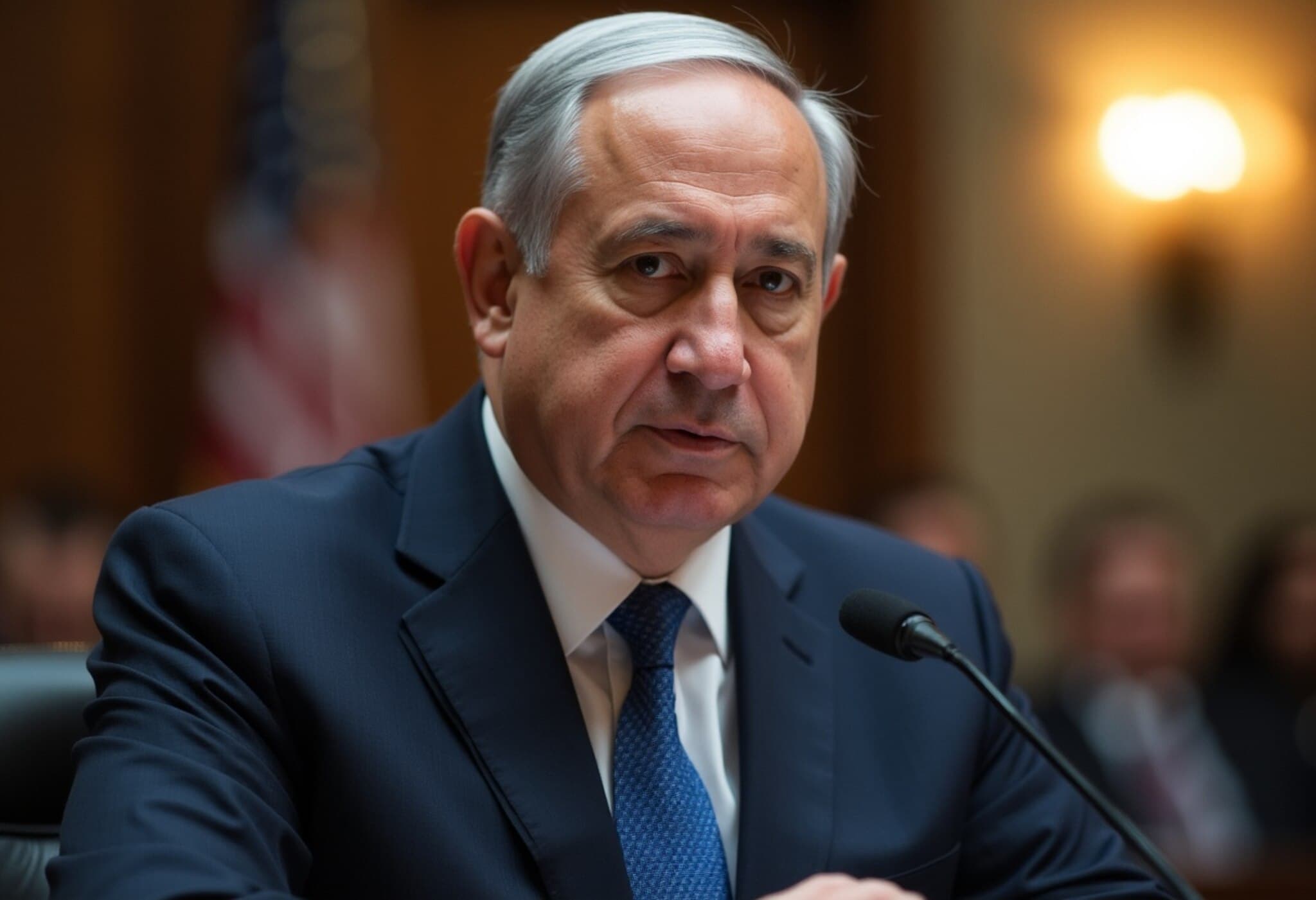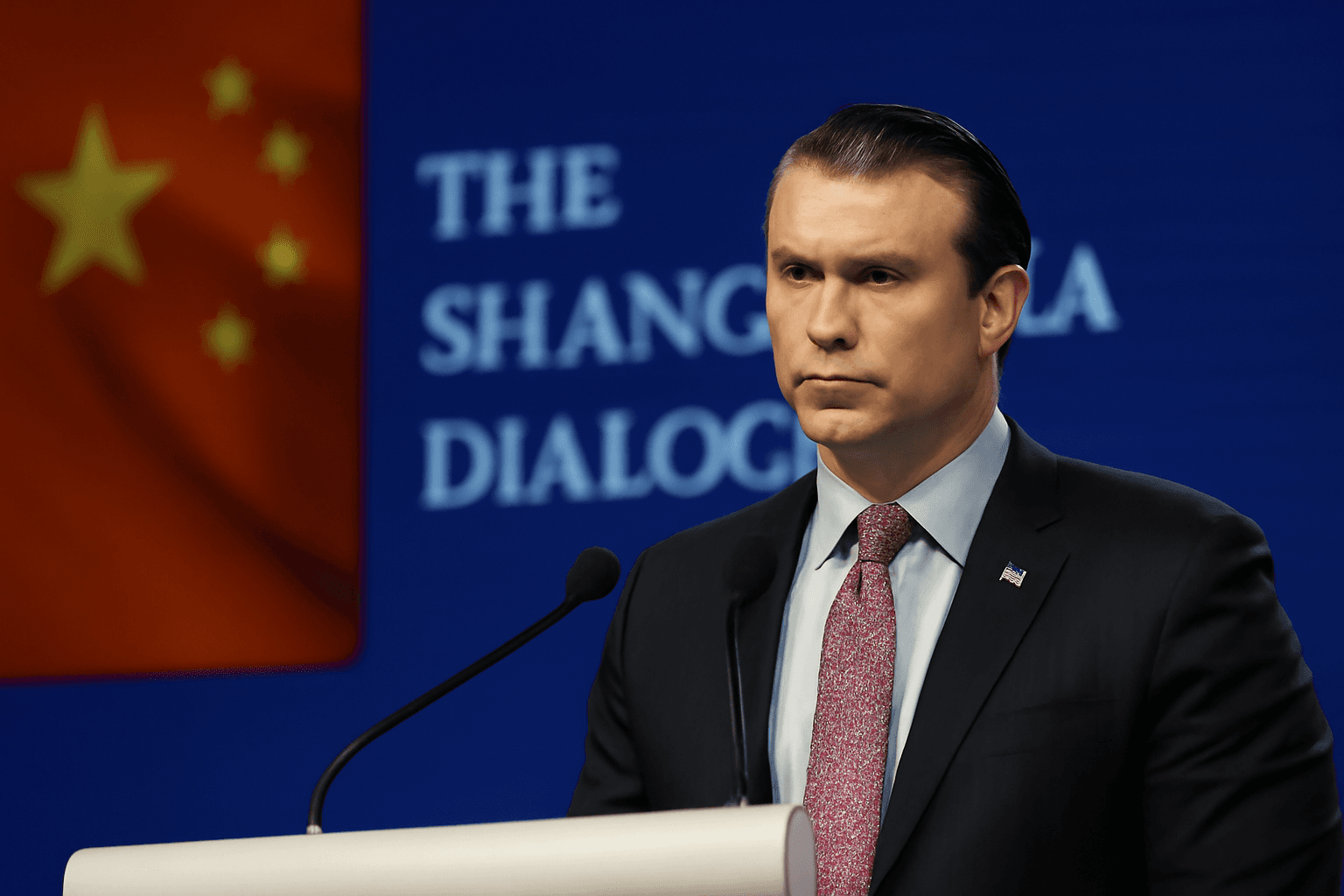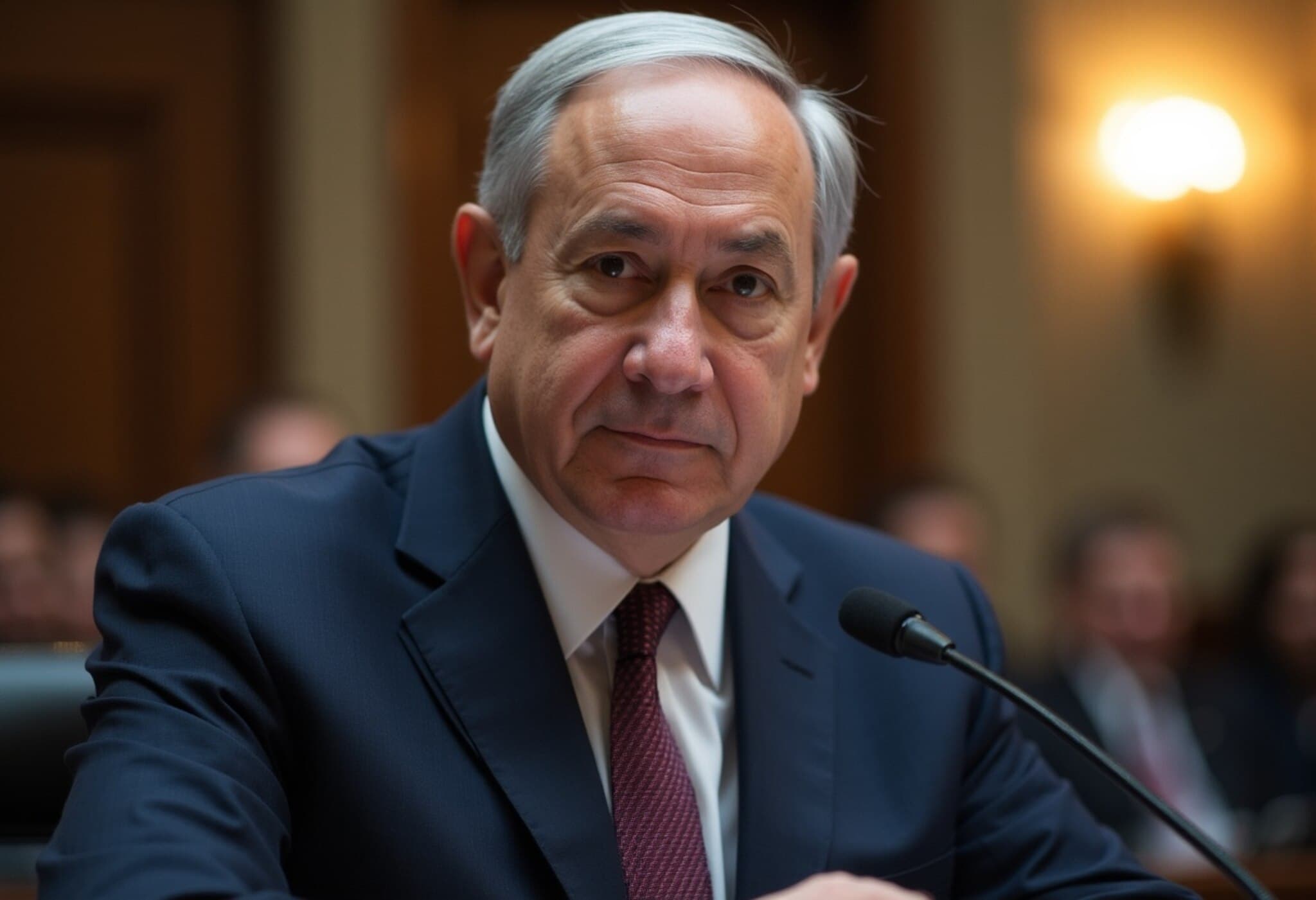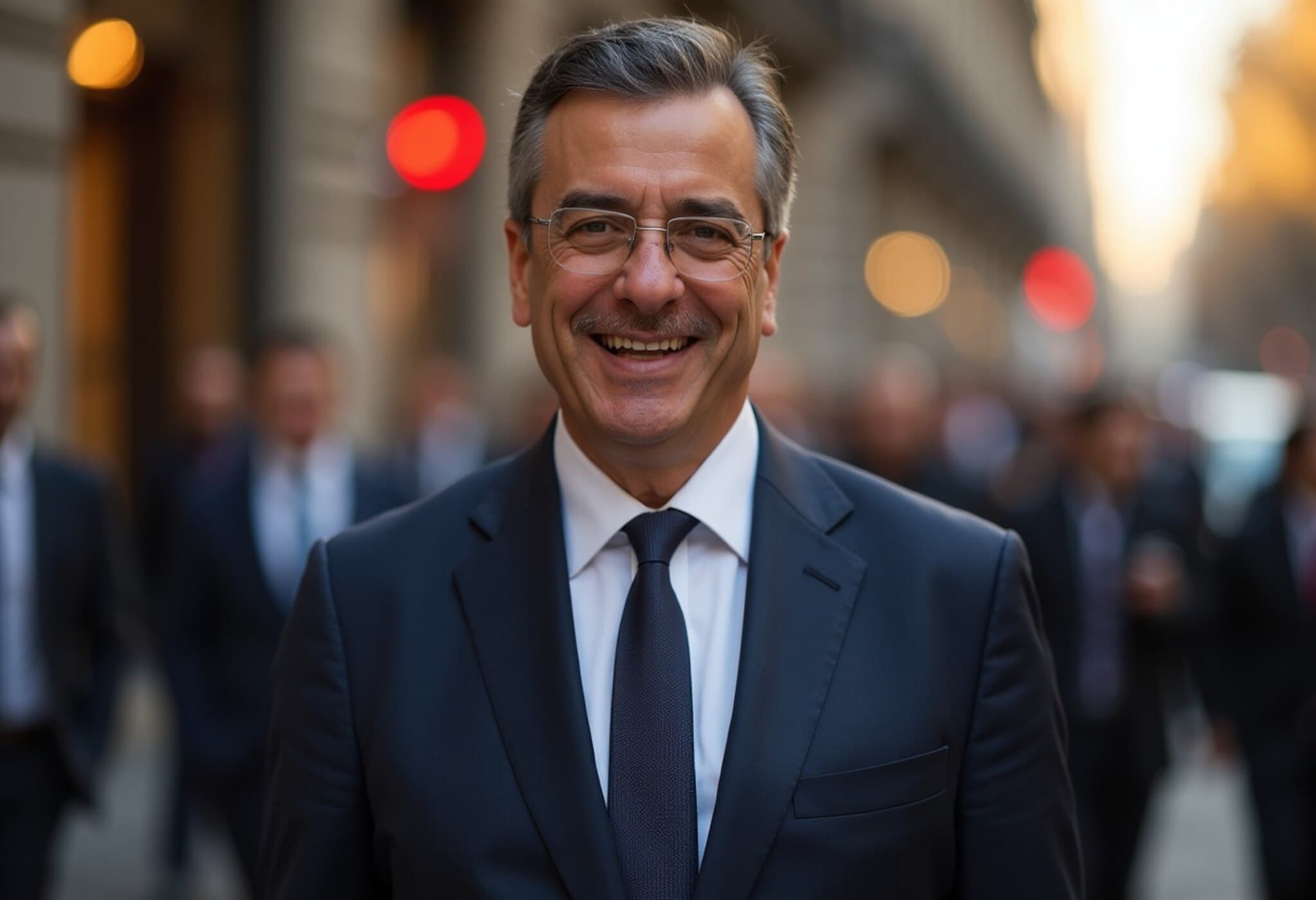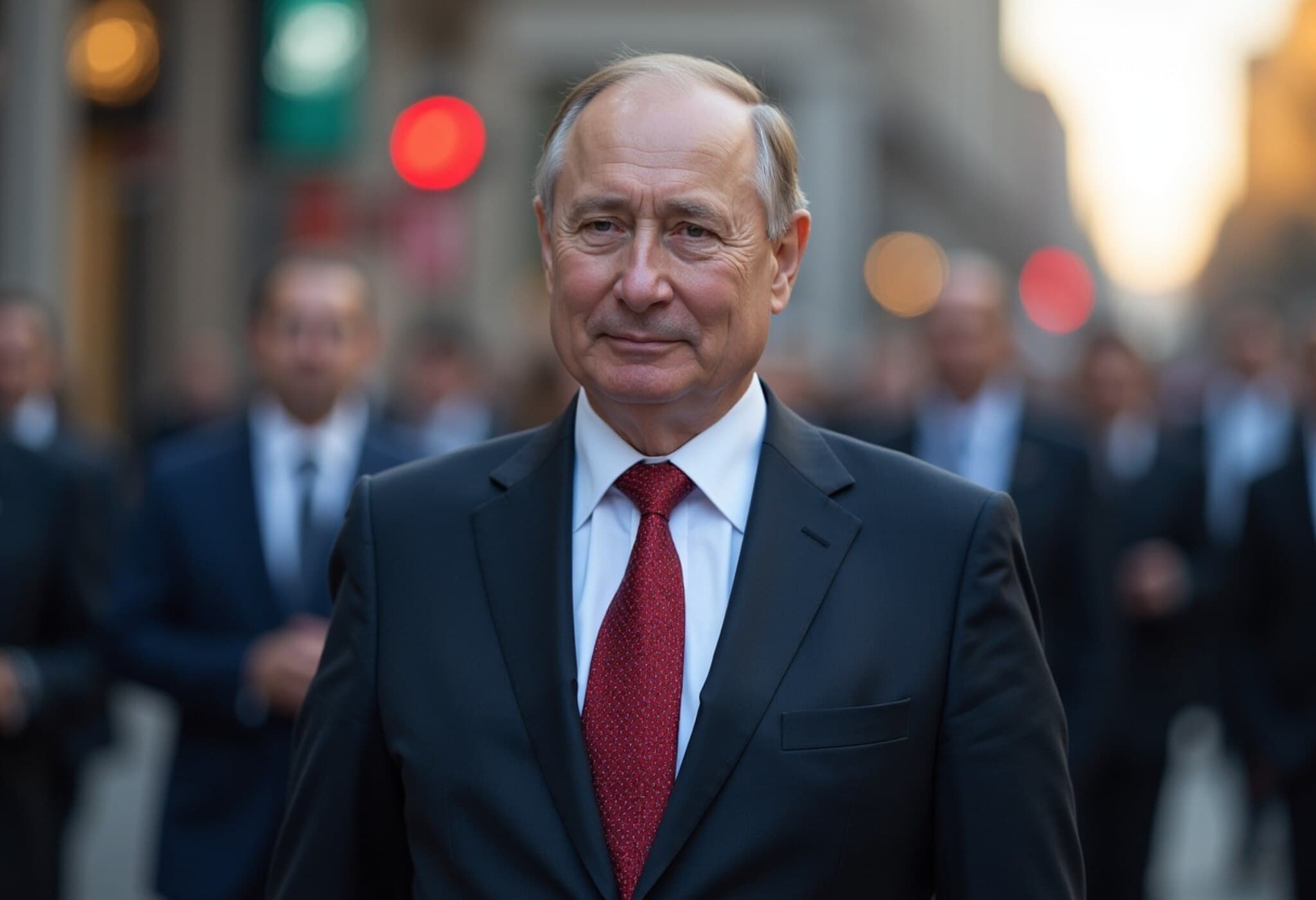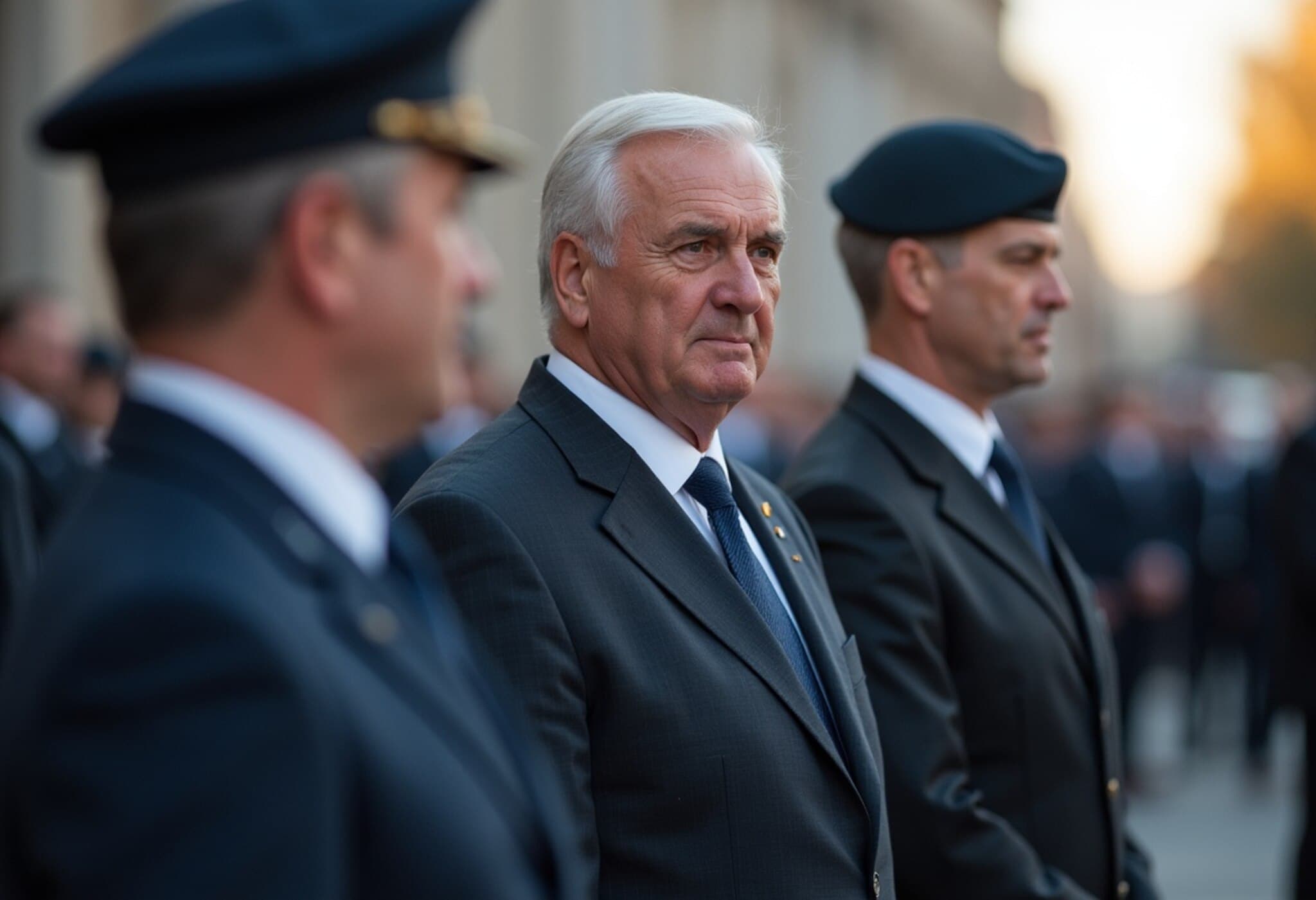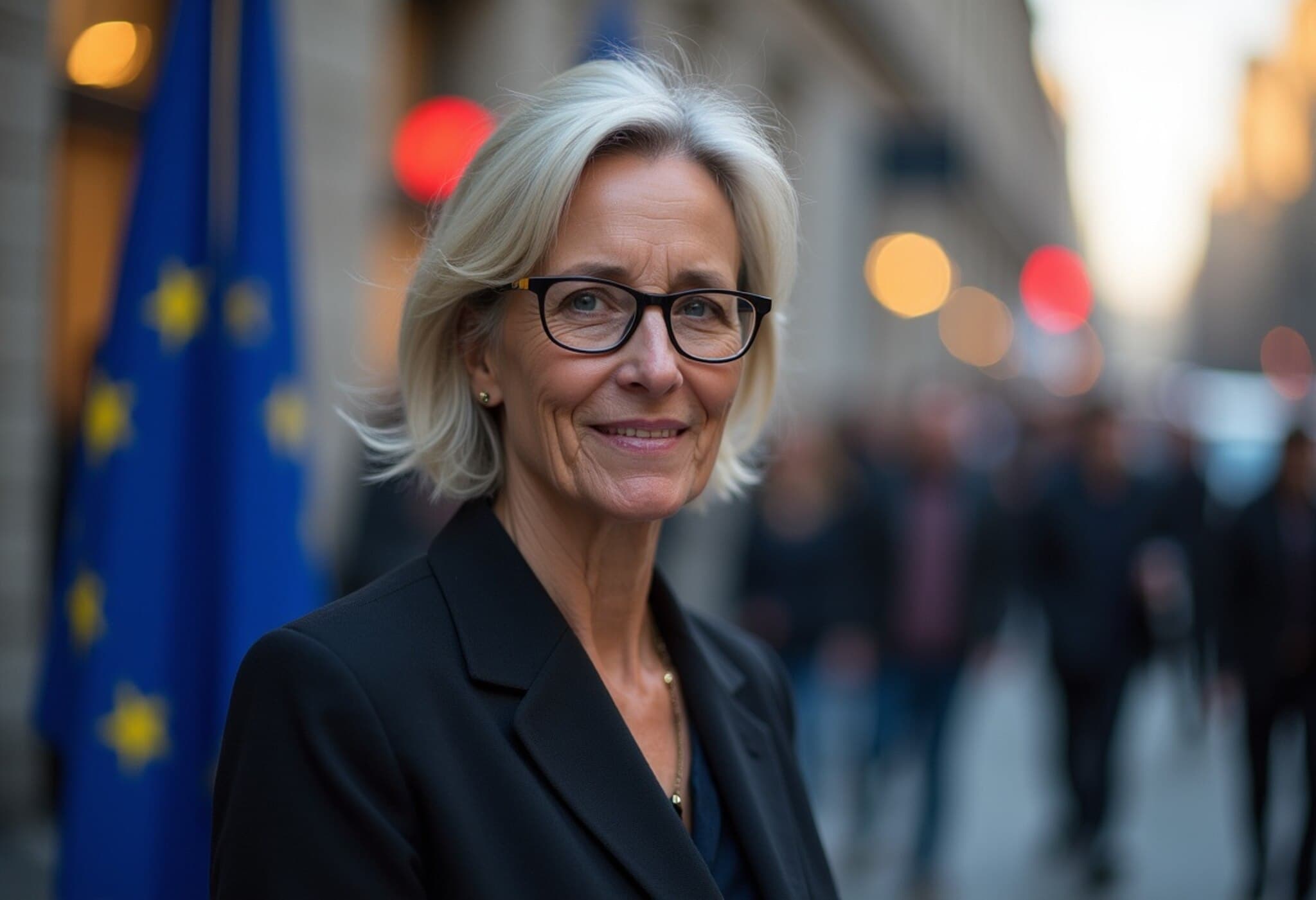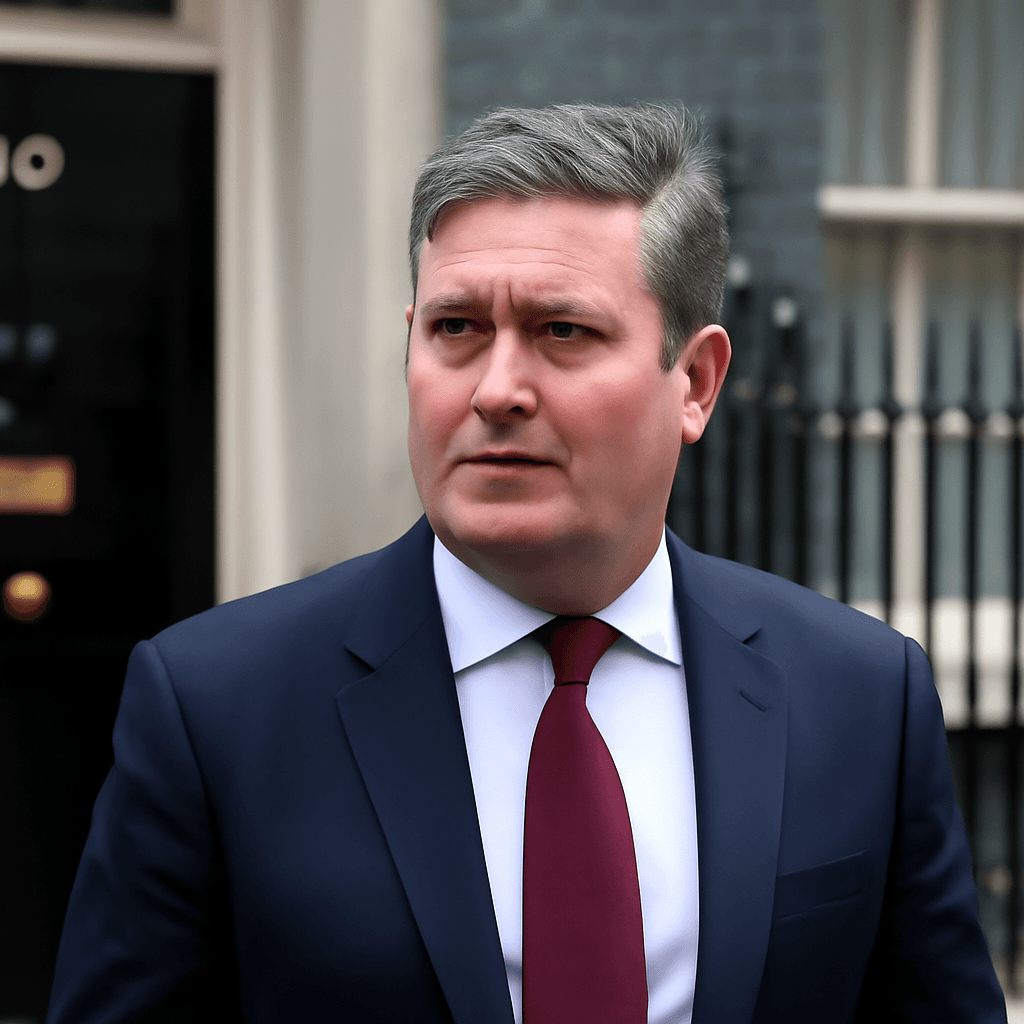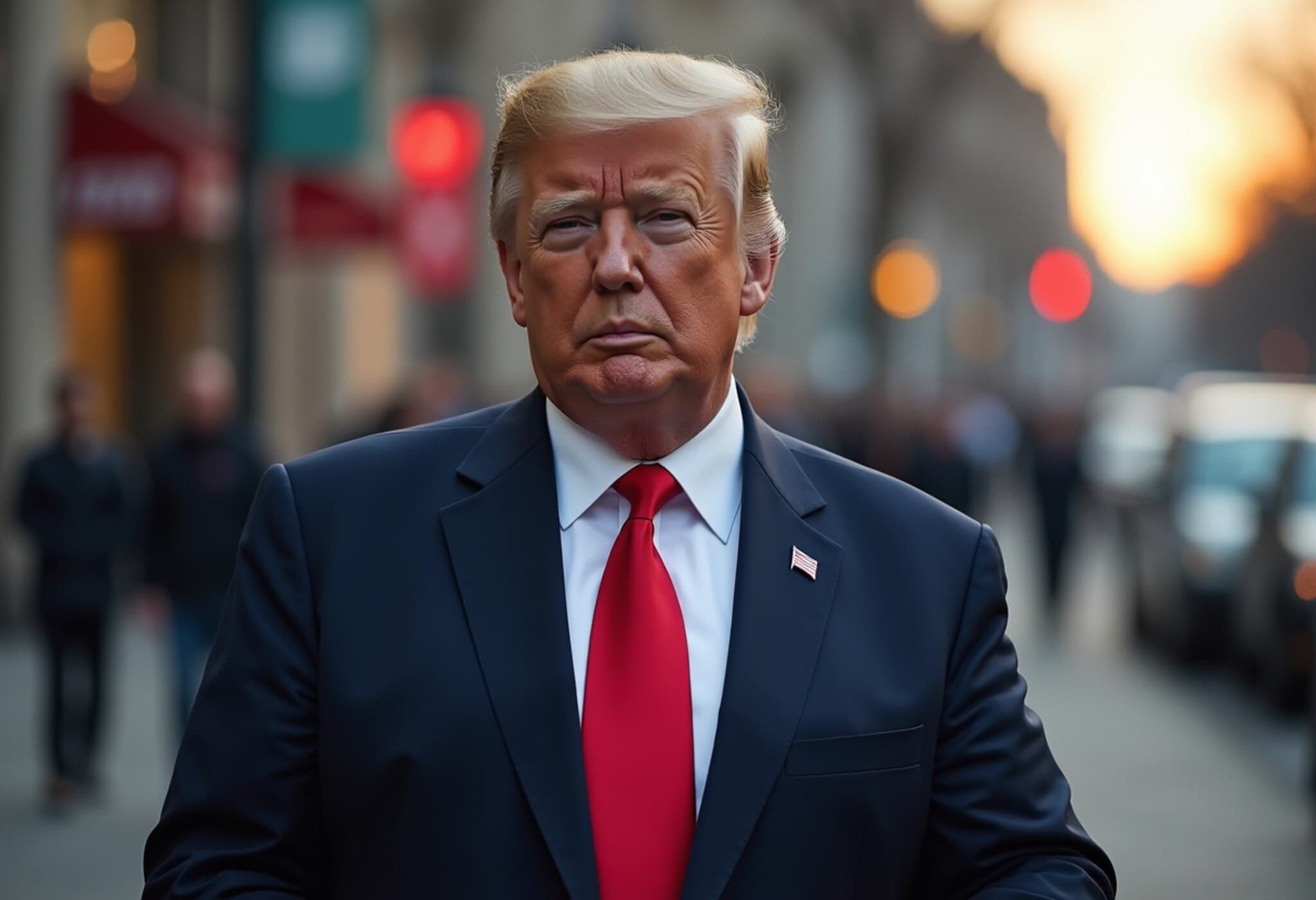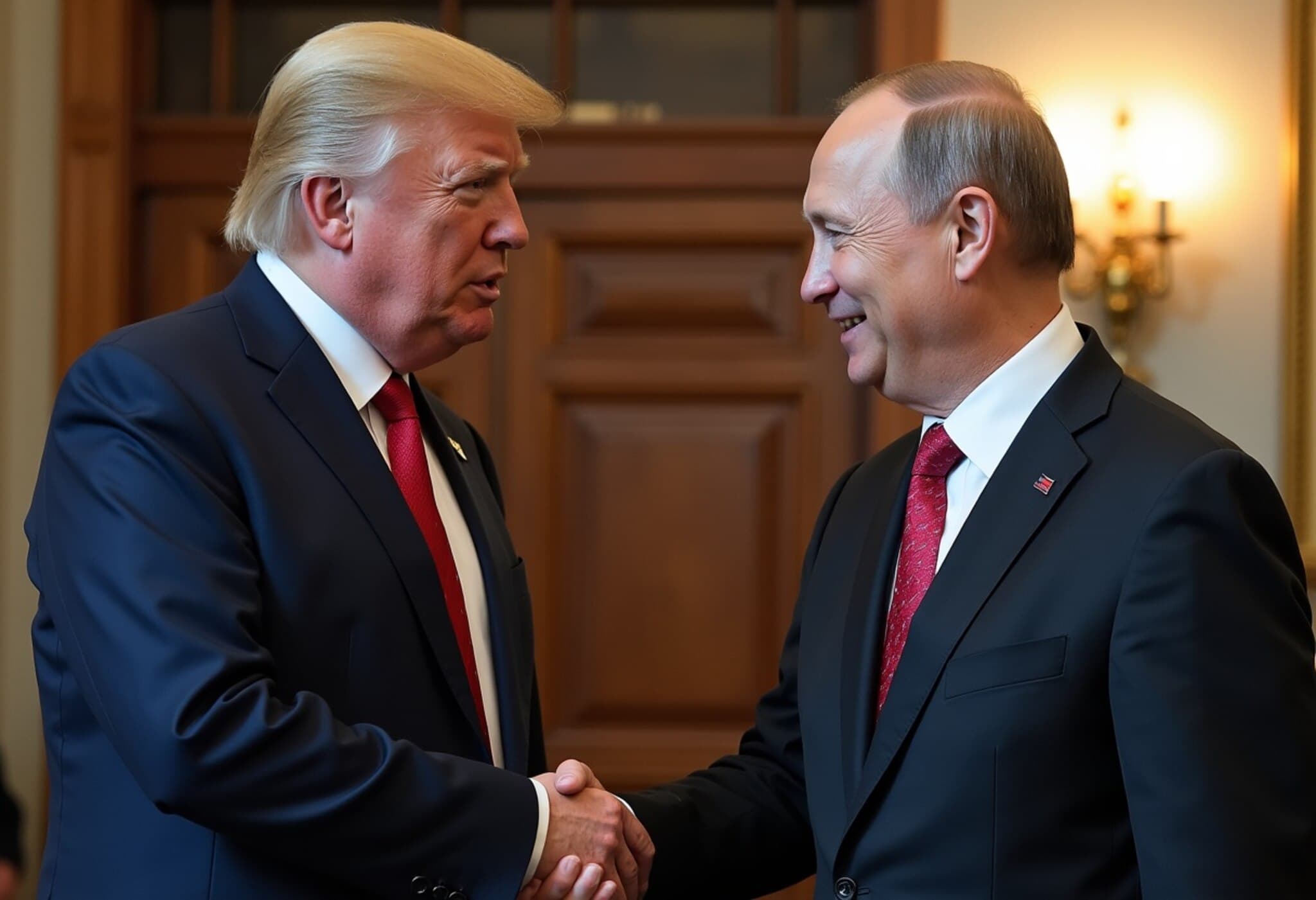NATO Sets Ambitious Defence Spending Goals
During a pivotal summit held in The Hague on Wednesday, NATO leaders reached a consensus to increase their defence budgets significantly, aiming to allocate 5% of their GDP to defence by 2025. This decision marks a critical step in addressing ongoing and emerging security challenges faced by the alliance.
Unified Response to Security Challenges
In a joint communique, NATO emphasized their collective vigilance against deep-rooted security threats, particularly highlighting the sustained concerns over Russia's long-term impact on Euro-Atlantic security, alongside the ongoing risks posed by terrorism. The alliance’s commitment to collective defence remains unwavering, reaffirming solidarity among member nations.
Shifting the Defence Burden
Secretary General Mark Rutte described the summit as historic, underlining the importance of shared responsibilities. He stressed, "For too long, one ally, the United States, carried too much of the burden… That changes today." The commitment entails not only hitting the 5% GDP mark by 2025 but also maintaining at least 3.5% of GDP on defence spending through 2035, plus an additional 1.5% dedicated to security-related investments.
Mixed Reactions Within the Alliance
US President Donald Trump welcomed the outcome, hailing it as a “great victory” that will soon lead to equalised defence contributions among allies, stating, “That's the way it has to be.”
However, not all members shared the same enthusiasm. Spain’s Economy Minister Carlos Cuerpo voiced concerns about the focus on spending percentages, noting that Madrid was striving hard to meet a 2.1% target as an example. Belgium also expressed reservations, though Prime Minister Bart de Wever reassured that reaching 3.5% within ten years was an attainable objective.
Summit Highlights and Outlook
The NATO summit began with a royal dinner on Tuesday and wrapped up with a concise two-and-a-half-hour meeting followed by a brief communique outlining the key agreements. Looking ahead, the alliance plans to continue its support for Ukraine amid ongoing conflicts while actively pursuing peace efforts.
With defence spending commitments now set to rise sharply, NATO appears poised to reshape the future landscape of collective security and burden-sharing across its member states.

